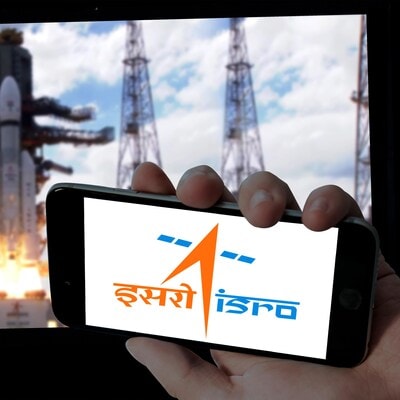India is setting its sights on establishing the Bharatiya Antariksha Station (BAS) as a fully operational space station by 2035. The Indian Space Research Organisation (Isro) has confirmed that the station will consist of a five-module configuration, which includes a base, core, science lab, and a common working module. The assembly of the station will occur in stages, guided by four precursor missions that will pave the way for subsequent crewed missions and the development of homegrown technologies to support India’s long-term space objectives.
Launch of the base module
The initial component of the BAS, known as the Base Module (BAS-1), is expected to be launched aboard ISRO’s LVM-3 rocket by 2028. Hanumantray Baluragi, director of the Human Spaceflight Programme (DHSP), made this announcement during a recent talk on India’s Human Space Flight Programme. He confirmed that the design for the first module has been finalised.
A report by The Economic Times quoted Baluragi as saying, “The first module will weigh approximately 52 tonnes. BAS-1 will serve as a test bed for essential technologies, such as life support systems and crew quarters, enabling extended stays in microgravity.”
He said while initially uncrewed, this module will be designed to accommodate future crewed missions after a series of successful test operations. All modules will have individual solar panels except for the fifth one, Baluragi said, as mentioned by the report.
Future crewed missions
)
Photo: Isro
The report quoted Baluragi as saying that the second crewed mission aims to showcase human-in-the-loop orbital maneuvers and the associated avionics systems for future docking operations.
Additionally, this precursor mission will involve demonstrating the use of domestically developed intra-vehicular activity (IVA) and extravehicular activity (EVA) suits, currently being sourced from other space agencies.
Space docking
The upcoming precursor mission will focus on ‘space docking’ and will be conducted without a crew. This mission is crucial for positioning India among the select nations capable of operating a base station in space. “We aim to demonstrate the interoperability of the Ganganyaan module with the existing space stations by integrating the International Docking System Standard (IDSS) compliant system for autonomous rendezvous and docking,” Baluragi said.
While Isro will acquire docking technology from international space agencies, it will simultaneously develop an indigenous docking system known as the Bhartiya Docking System.
First Published: Oct 09 2024 | 12:51 PM IST
















Leave a Reply